

Max Davies
2026 Toyota HiAce review
3 Hours Ago
The Maserati Ghibli is still a stunning looking car with a Ferrari engine under the bonnet – but does it stack up in 2022?
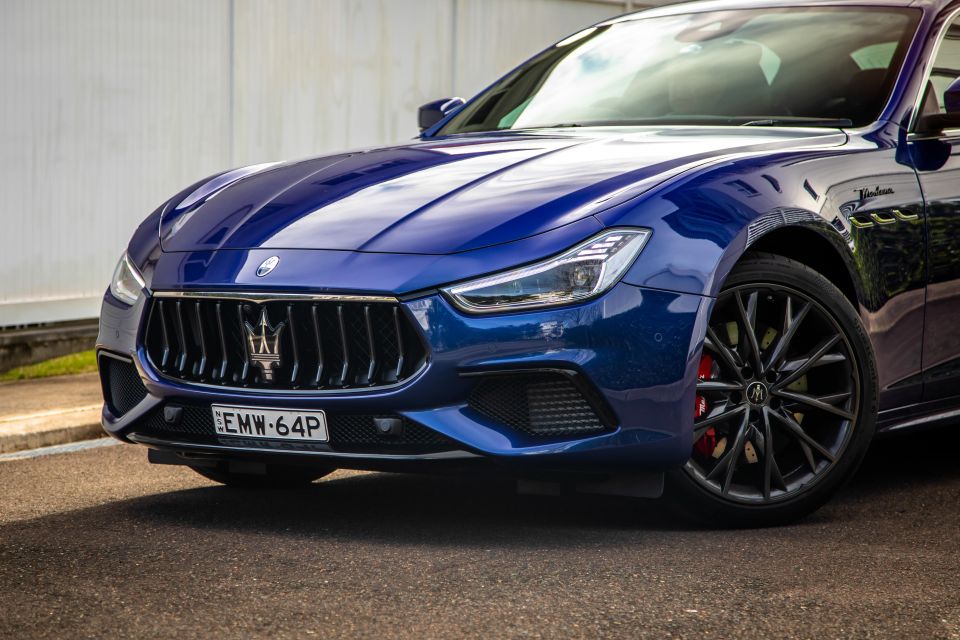
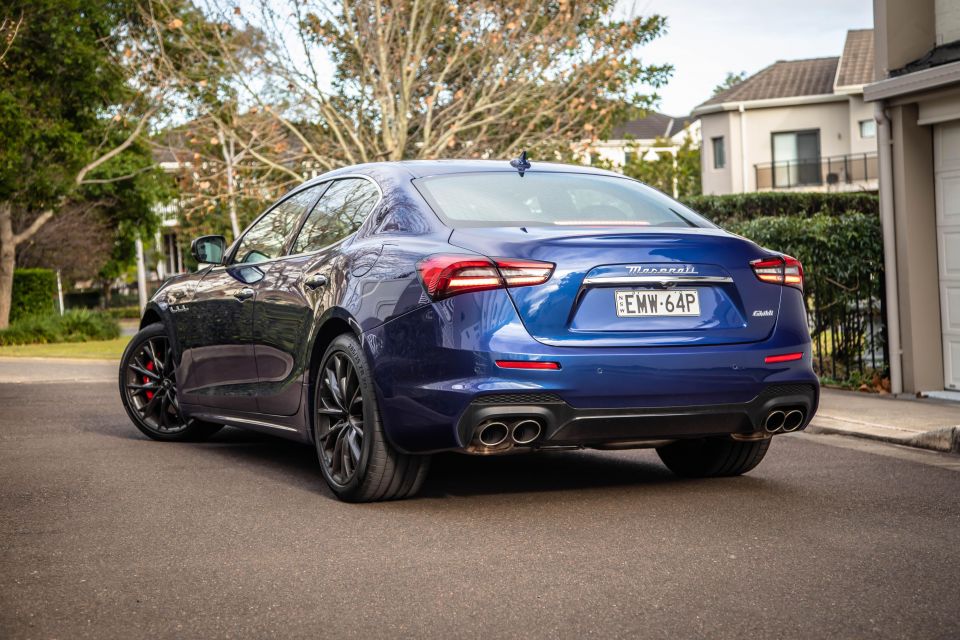

Quickly see how this car stacks up against its competition. Select any benchmark to see more details.
Where expert car reviews meet expert car buying – CarExpert gives you trusted advice, personalised service and real savings on your next new car.
The Maserati Ghibli, more than any other model, is the nameplate that resonates most with Trident fans and enthusiasts alike. But given it’s set to be relegated to the history books by 2024, this could be the last time I review a four-door Ghibli.
Part of the brand’s magic is to appreciate its magnificent history, steeped in pure-bred Grand-Prix racing with the legendary Maserati 250F winning the 1957 world championship at the hands of perhaps the greatest driver in history, Juan-Manuel Fangio.
It’s also the only Italian marque to have won the famed Indianapolis 500 – twice. But even before all that, Alfieri Maserati took out the 1926 Targa Florio in his own car that he and his four Maserati siblings had designed and built. It’s a wonderful past that counts stunningly gorgeous cars like the 250F, 450S, the famous Tipo 61 Birdcage and the more recent MC12 in race and road car guise.
For me though, the mystique around Maserati started with the ’69 Ghibli SS and my old man’s business trip to Italy in 1973. Like most Aussies back then, he didn’t speak a word of Italian, but when he caught a glimpse of a ‘fast Italian supercar’ with US Air Force plates fly past his Fiat 124 sedan at warp speed, he dropped a gear and gave chase in a desperate attempt to converse in English – with someone.

He’d previously raced at Bathurst in the mid-fifties in an open-wheeler and on a motorbike, so by all accounts he was handy behind the wheel, but the diminutive Fiat was well and truly out-gunned by the powerful Ghibli SS, which had a 4.9-litre V8 with double-overhead camshafts and was good for 177mph (285km/h).
The driver was a US fighter pilot stationed in Germany and recounted to my father that he was sitting on 170mph when he flew past him. They caught up at a café some 30 minutes later on the autostrada and chatted cars and planes for ages apparently – in English, of course.
Despite the Ghibli’s transformation from a two-door Gran Turismo to a four-door sedan when it was successfully relaunched in 2013 in third-generation guise, it wasn’t all bad news.
Designed by Marco Tencone who also penned the stunning Alfa Romeo 4C Concept and current Giulia, the reborn Ghibli was blessed with swoopy lines, classic side gills and that instantly recognisable grille with magnificent floating Trident badge, it still held an impressive on-road presence.
The Ghibli’s last refresh was in 2021, smack bang in the middle of the COVID-19 pandemic, when the new Modena trim-level was introduced (such a cool name), and the trident badge on the C-pillar made even better without the usual outer ring, and in gloss black instead of chrome.
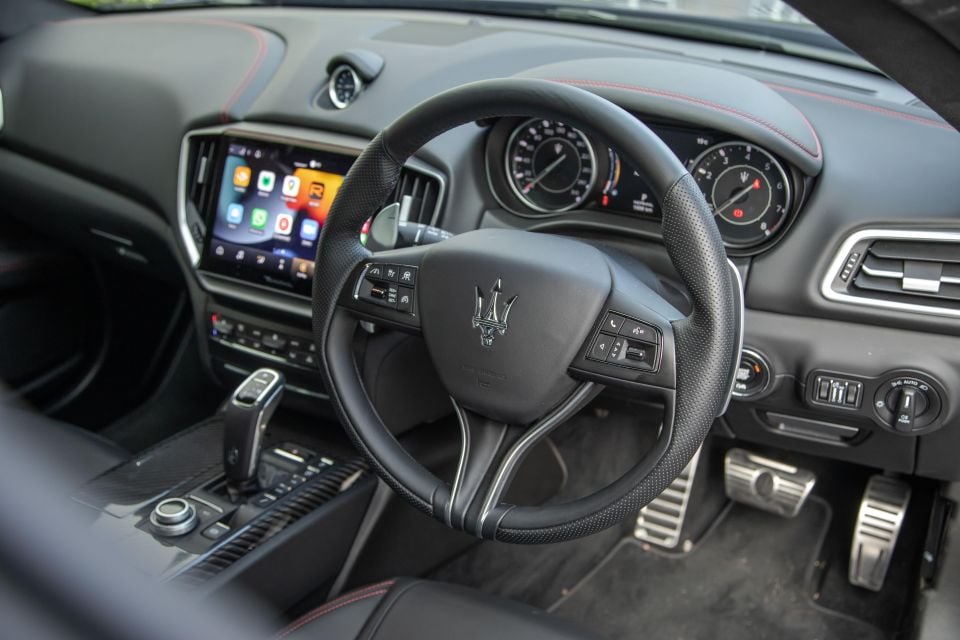
Maserati is also a brand pivoting towards electrification across its entire range and is set to introduce electric versions of its redesigned GranTurismo and GranCabrio, in addition to a cracking new mid-size SUV called the Grecale across 2023.
By 2025, it will offer electric versions of the MC20 supercar and a redesigned Levante.
More interesting to Ghibli aficionados, is Maserati’s plan to delete the Ghibli nameplate in favour of brand new design of the Quattroporte, though, in similar proportions to the current Ghibli.
Maserati wholeheartedly believes there’s an ongoing demand for sports sedans – just not two of them in the same range. Moreover, the Quattroporte badge has been around since 1963, which edges out the Ghibli that first launched in 1967. Watch this space.
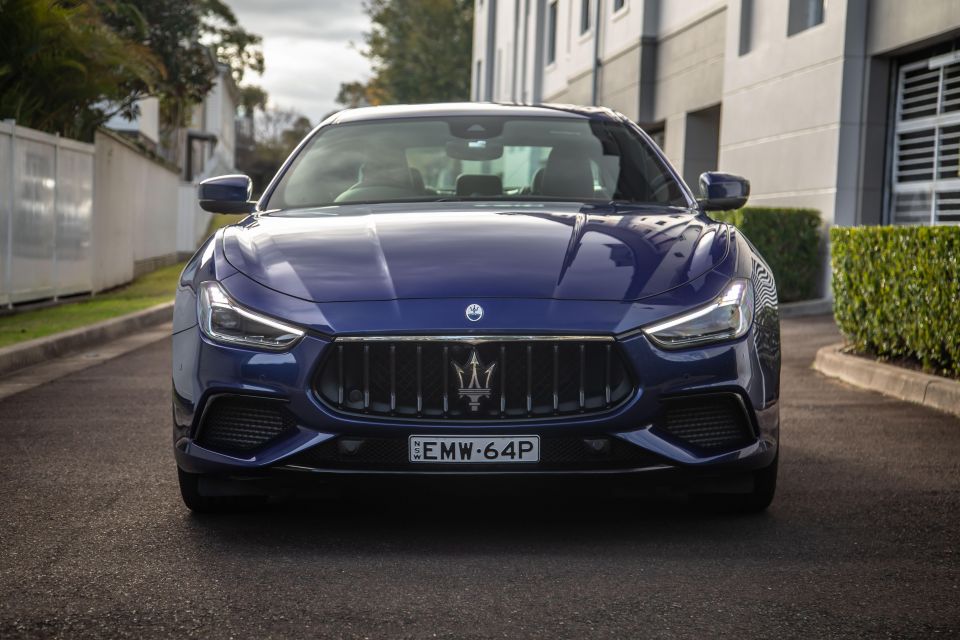
While the Ghibli line-up kicks off with the four-cylinder GT from $142,990 plus on-road costs, the mid-spec V6-powered Ghibli Modena tested here in its less-powerful tune, starts at $173,490 before on-roads.
The more powerful Ghibli Modena S wears a $178,500 sticker, and ups the output to from 257kW and 500Nm to 316kW and 580Nm respectively.
At the top of the range is the Ghibli Trofeo, priced from $265,000, but instead of a twin-turbo V6 under the bonnet, it gets a fire-breathing twin-turbo V8 with 427kW and 730Nm at its disposal.
The Ghibli has some tough competition with similarly-sized luxury rivals counting the Audi S6 from $158,000 with a 48V mild-hybrid assisted 3.0-litre twin-turbo V6 but with 331kW and 600Nm, while the BMW M550i xDrive starts from $154,900 but gets a twin-turbo V8 making 390kW and 750Nm.
Mercedes-AMG has the E53 from $169,486, powered by a 3.0-litre turbocharged inline six with 48V mild-hybrid technology, producing 320kW and 520Nm, whereas the more expensive Porsche Panamera kicks off from $203,500, also with a 3.0-litre turbocharged V6.
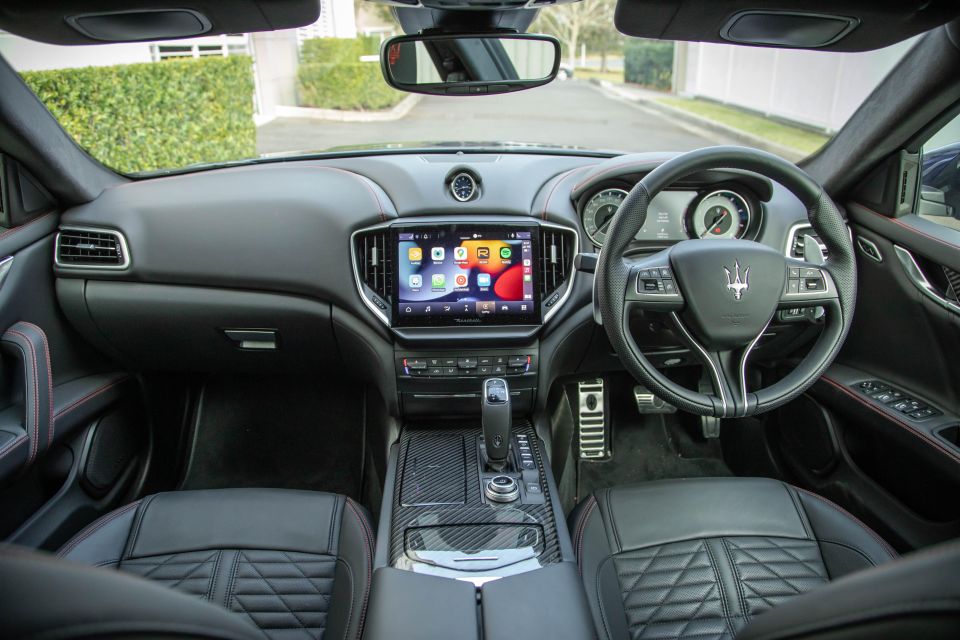
Buy your new car without the stress. It's fast, simple and completely free.

Great service from Travis and team, second time I have used this business would not hesitate to recommend them to anyone
Craig C.
Purchased a Ford Ranger in Sunshine Coast, QLD
CarExpert helped Craig save thousands on his Ford Ranger, now let us save you on your next new car.
Find a dealIt may not be blessed with latest dual-screen set-up stretching across the entire dash, a tricky flat-bottom steering wheel or flight-control-style console, but climb aboard the Maserati Ghibli Modena and it feels special.
Mind, all the good stuff we like in our Ghibli tester is optional. The black Pieno Fiore leather with contrast twin-stitching is some of the most sumptuous upholstery we’ve seen to date, and it’s everywhere – from the entire dashboard to the centre console box and door trims.
We especially like the vivid-red Trident embroidery on all four headrests – it’s simply exquisite and matches up well with twin-stitch in the same colour.
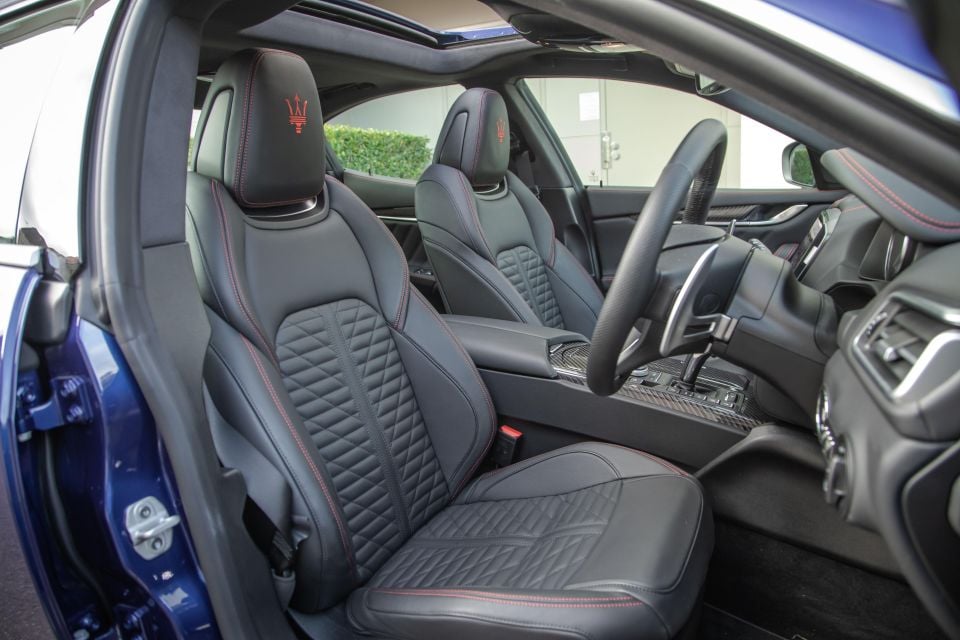
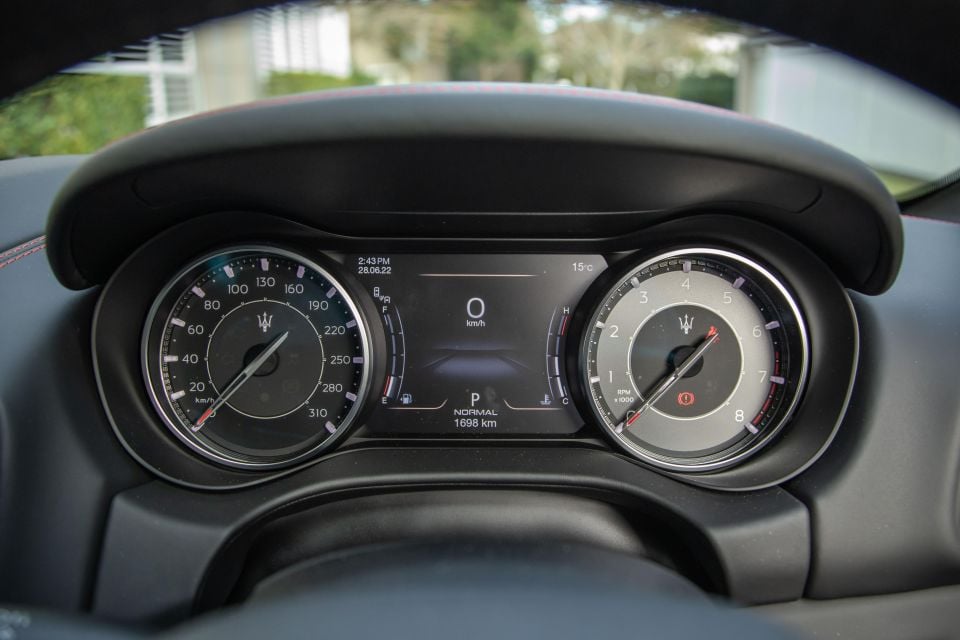
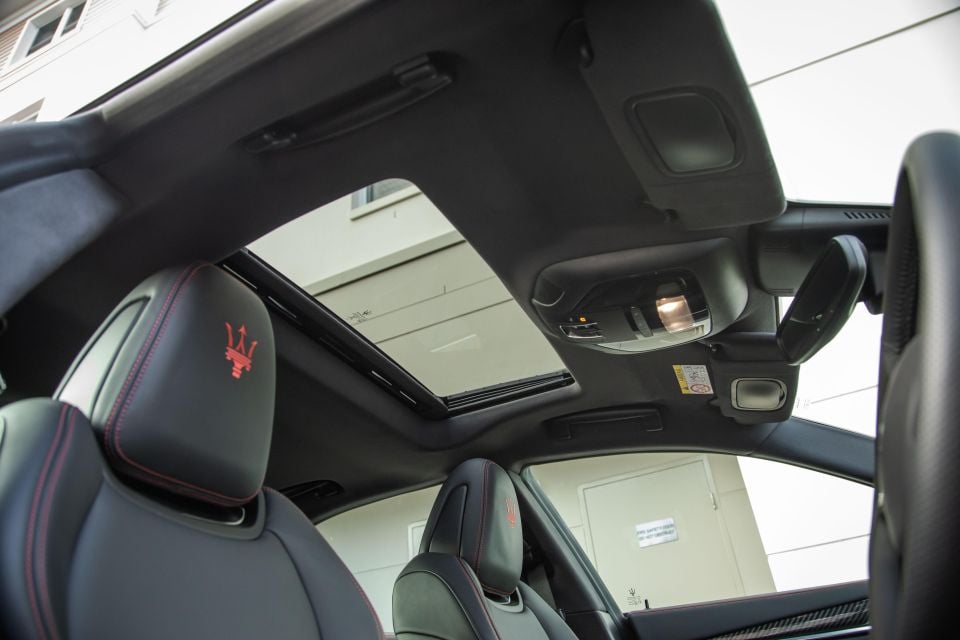

The trademark Maserati analogue clock houses in its own leather pod is another wonderful feature synonymous with the marque’s earliest GTs.
Same goes for the carbon-fibre. It’s a beautifully fine weave that’s richly lacquered in a way that makes the carbon material properly pop amongst the full-grain leather.
The single rectangular infotainment screen and old-school twin binnacles shows the Ghibli’s age more than anything else, though it has to be said, the infotainment display is crystal clear with excellent colour reproduction and super-fast wireless CarPlay.
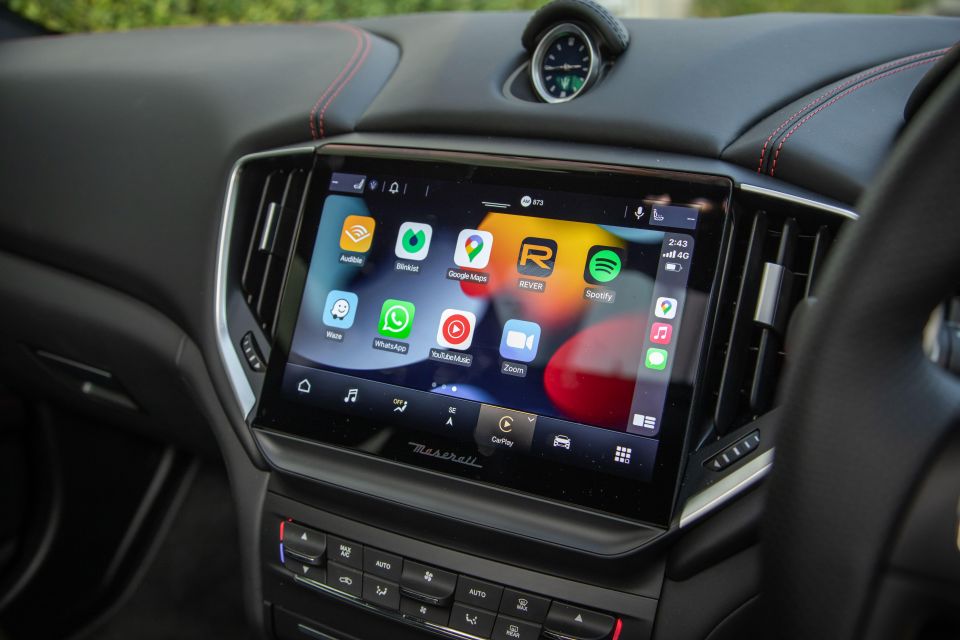
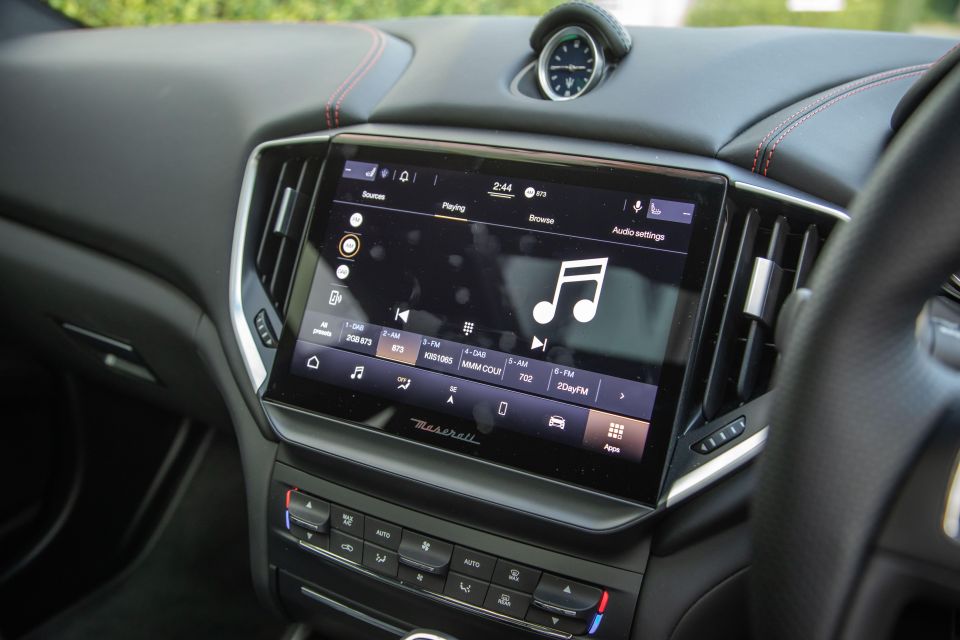
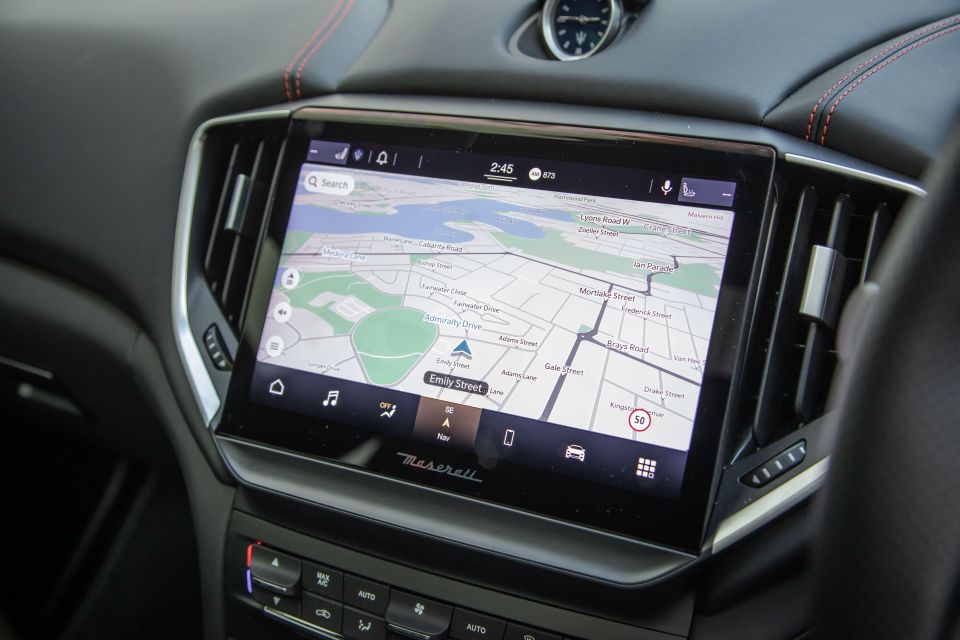
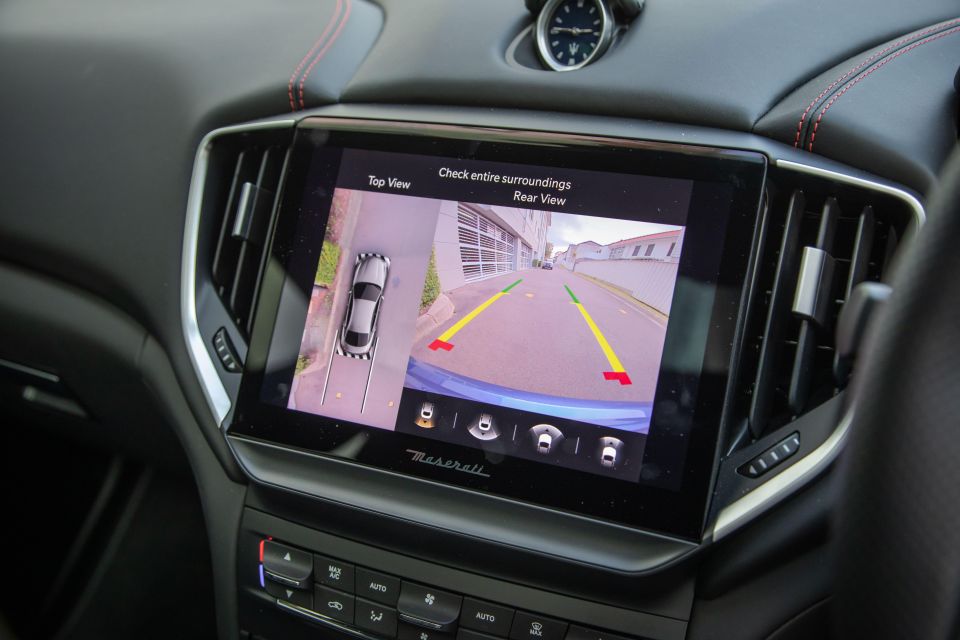
Moreover, it’s robust, with no blips or lost connections through the “Maserati Connect” program, while the easy-to-access shortcut buttons below provide a quick transition from CarPlay to your favourite radio station – AM, FM or DAB+.
Sound reproduction from the 900-watt Harman Kardon audio system is generally very good, especially on the higher notes, though I fear a less appreciative individual may have inadvertently cranked up the volume too high and damaged one of the speaker cones.
Along with the swathes of leather and lightweight carbon-fibre you’ll also find a few cheap plastic touch points – but mostly they’re close the floor and out of one’s general view.
Storage up front isn’t bad, with a wireless phone pad tucked away under the centre stack in front of the dual cupholders.

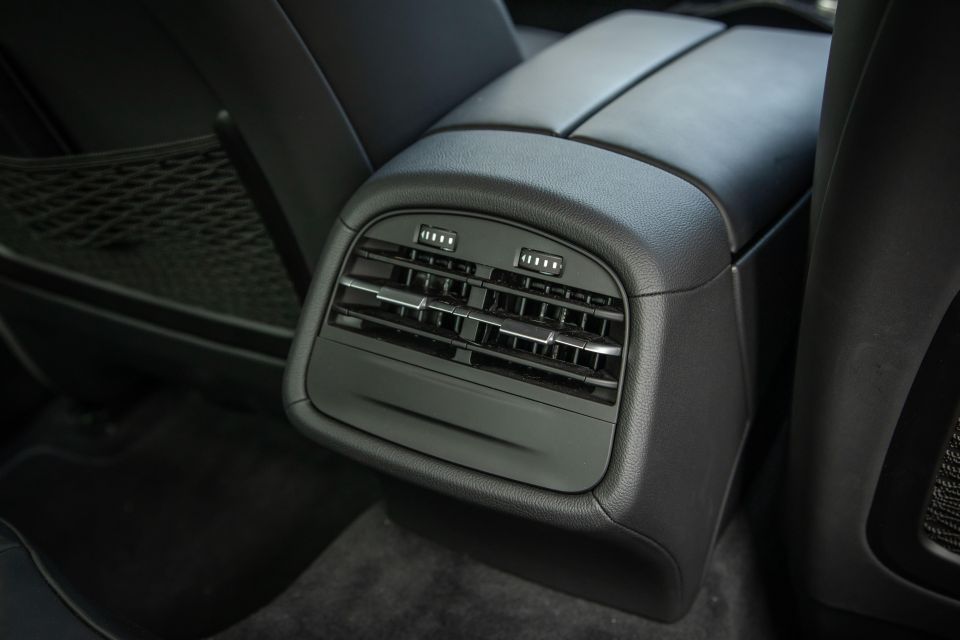
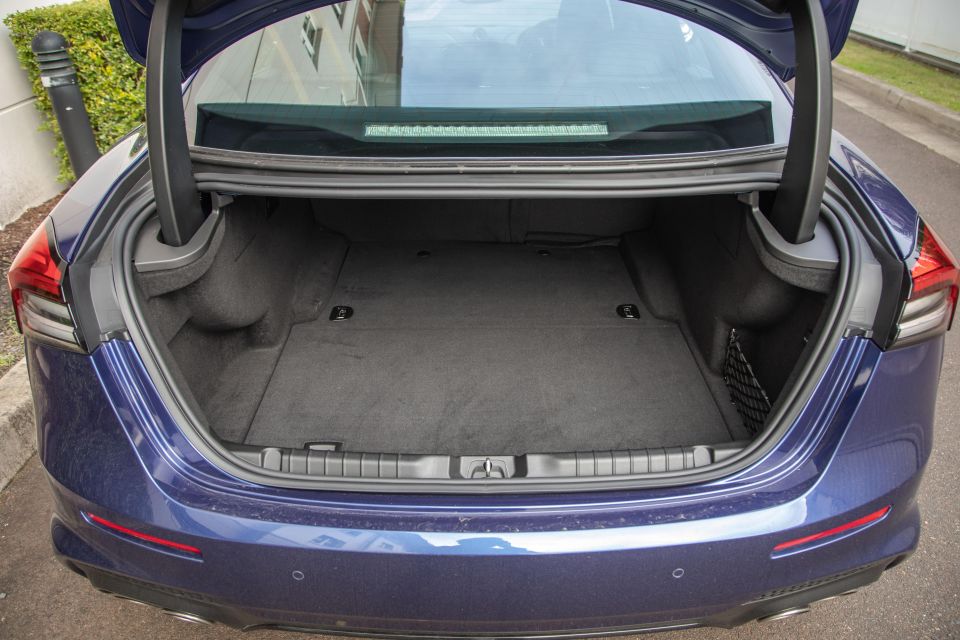

Further back is a small felt-lined nook, perfect for a pair of Persols, while the twin-roofed centre-console box is plenty large with extra cupholders – why, I’m not sure.
The door pockets are also reasonably sized, though, rear legroom is only adequate even behind my driving position which is generally closer to the steering wheel than most would set.
That said, boot space is a reasonable 500 litres with a decently wide aperture for loading a set of golf clubs.
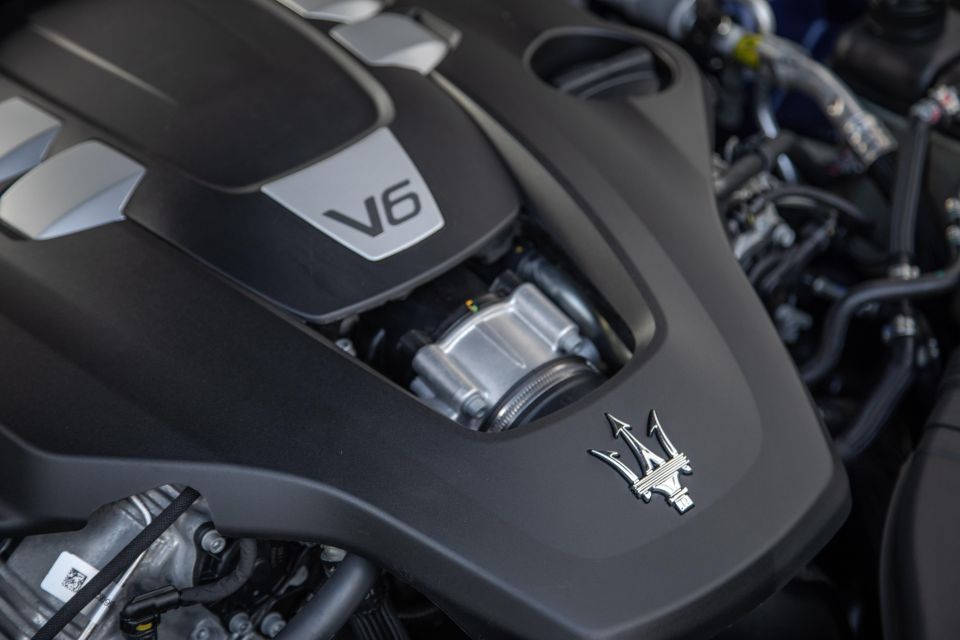
The Maserati Ghibli currently offers a choice of two twin-turbocharged 3.0-litre V6 petrol engines. The engine itself was developed in conjunction with Ferrari and is actually built by the Prancing Horse.
Our Ghibli Modena tester produces 257kW of power at 5500rpm and 500Nm of torque between 1750-4500rpm. It can do the 0-100km/h sprint in 5.5 seconds, while top speed is 257km/h.
The Ghibli S with the same base engine produces 316kW of power at 5750rpm and 580Nm of torque from 2250-4000rpm with a claimed 0-100km/h time of 4.9 seconds with V-max at 286km/h.
Both engines are paired with a ZF-sourced eight-speed automatic transmission which offers three drive modes (Normal, Sport and I.C.E. – increased control and efficiency).
Maserati claims fuel consumption of 11.0L/100km on the combined cycle for the Ghibli Modena and 11.1L/100km for the Modena S, however, even driving it with a fairly light foot we were achieving average readings closer to 15.0L/100km around town, mostly.
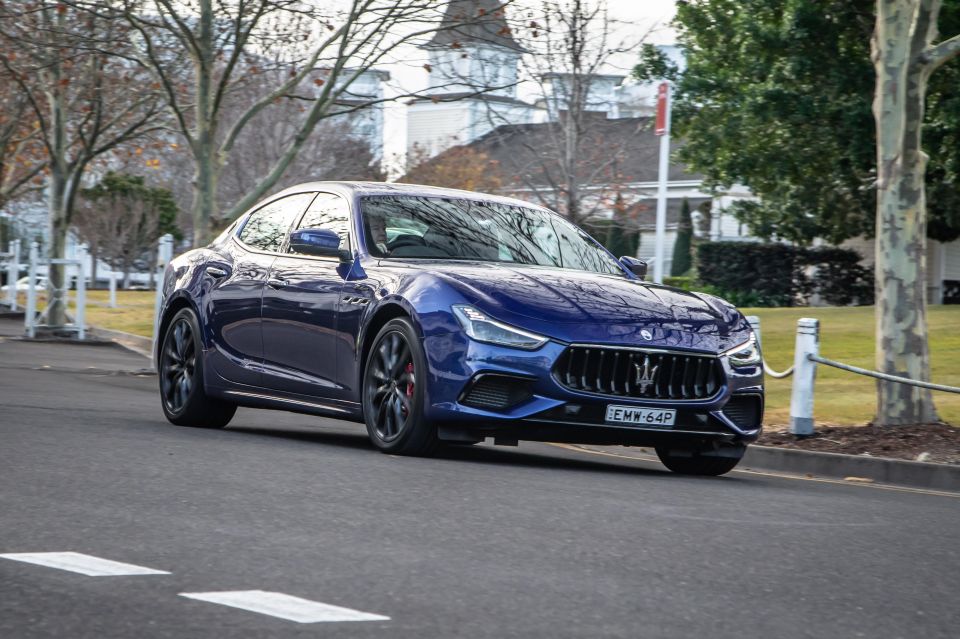
The best thing about a remote start function is that it gives you the chance to savour the obligatory start-up bark from the Ferrari-built twin-turbo V6 before it settles down into a still-quick-tempo idle – but even that sounds scintillatingly exotic.
There’s an inherent confidence in knowing there’s a Ferrari V6 under the bonnet of your Ghibli, so you tend not to pussyfoot around but rather, give it a bit whenever you get the opportunity to wind it up past 3000rpm – that’s when the bypass valves open up and you start to get a sense of Maserati’s glorious racing history.
It really is a sweet, sweet exhaust note, even in this less powerful tune.
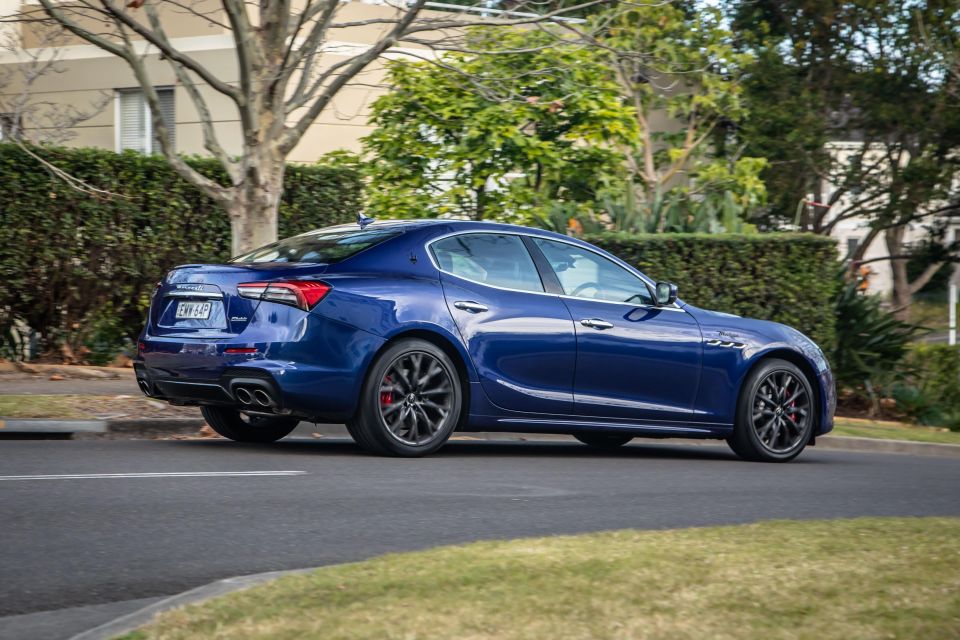
Ideally you’ll want to tap the tiny button on the console that opens those pneumatic valves permanently for maximum decibels from the four good-size pipes out back.
Mind, it’s not so much offensive as it is characterful. It only gets a tad noisy on full-tilt upshifts when you’ve got the throttle properly buried.
The Ghibli Modena is a bit like Jekyll and Hyde. It’s very happy being driven around in a lazy state where the V6 is relatively subdued and silky smooth, but the moment you up the revs and lean on it a bit, the ECU is quick to calibrate to your driving style for a more involved driving experience all round.
It’s easily one of the smoothest pairings of engine and gearbox I’ve driven in a while and very satisfying.
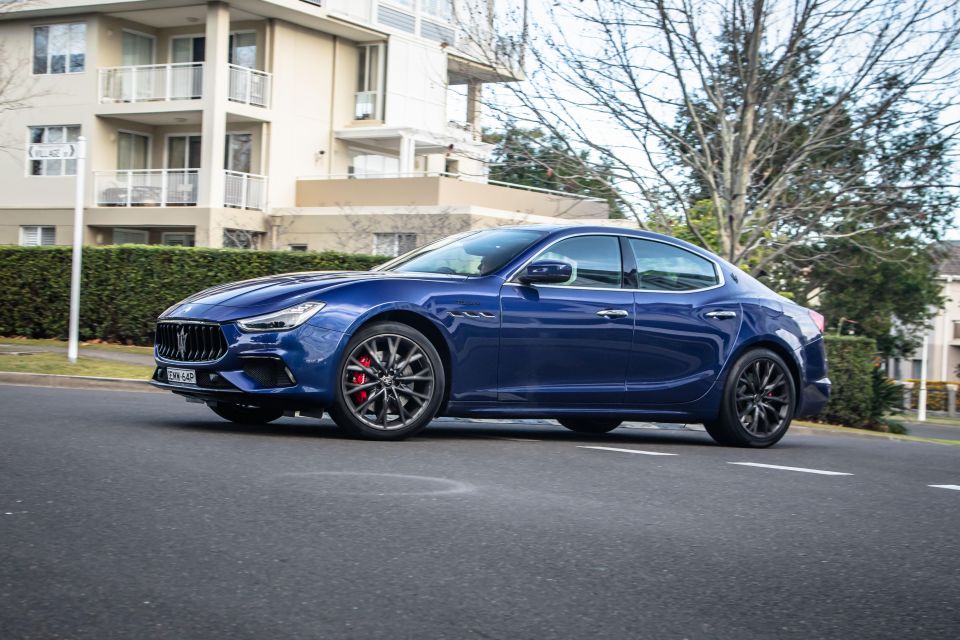
It’s quick out of the gate and pulls hard from top to bottom in a genuinely linear fashion. It’s not a car that ever feels nervous even when you’re properly pushing, and frankly, feels more capable down low than its claimed 5.5-second sprint time might suggest.
Even at 1950kg and nearly five-metres in length the Ghibli is a solid-handling car with good body control even under more spirited conditions. There isn’t a lot of lean in the default ‘Normal’ mode, but in ‘Sport’ there’s little if any body roll at play. This is where you can have some real fun in the Ghibli.
However, ride compliance is a bit of mixed bag with the Ghibli. Over larger bumps, even in Sport, the suspension keeps things comfortable, but when faced with damaged roads, the primary ride becomes unusually busy.
It’s as though the damping hasn’t been tuned with sufficient compliance – it’s worse at low speeds and less so at greater speeds.
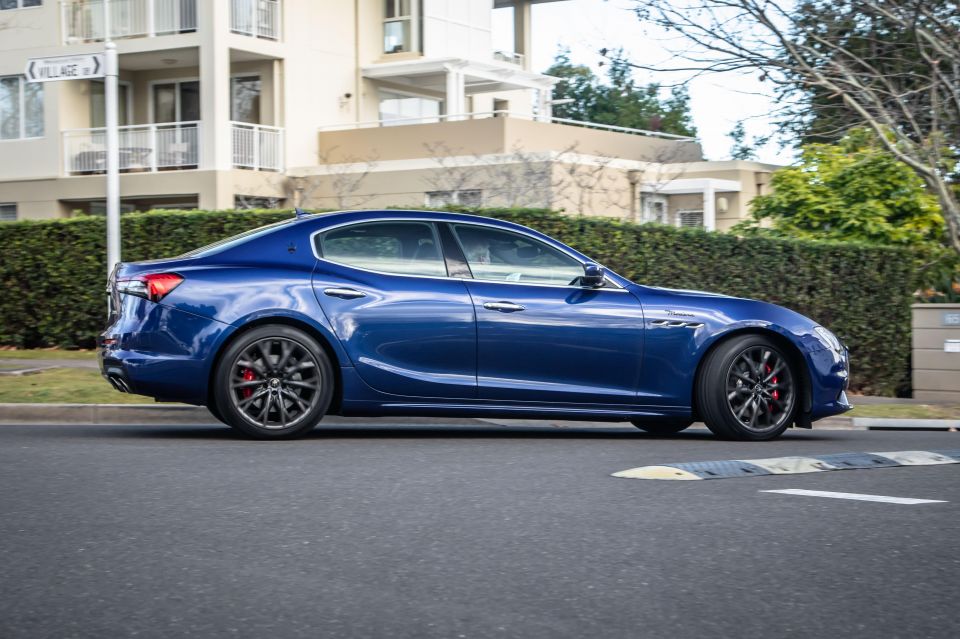
The steering is direct and relatively light-weight, making for easy city and suburban driving. Even tight, underground carparks proved a cinch in the Ghibli.
In fact, despite the Ghibli’s heft, the lightweight front end (the front of the body is cast in aluminium alloy) feels agile and capable of quick direction changes. It certainly doesn’t feel like you’re piloting a near-two-tonne large sedan.
The brakes are simply superb. The Ghibli Modena features dual-cast rotors for what is said to combine the lightness of aluminium and strength of steel.
At 345mm with four-piston calipers up front and 330mm down back, they may not seem particularly large but I can assure you, stopping power along with pedal feel is confidence inspiring.
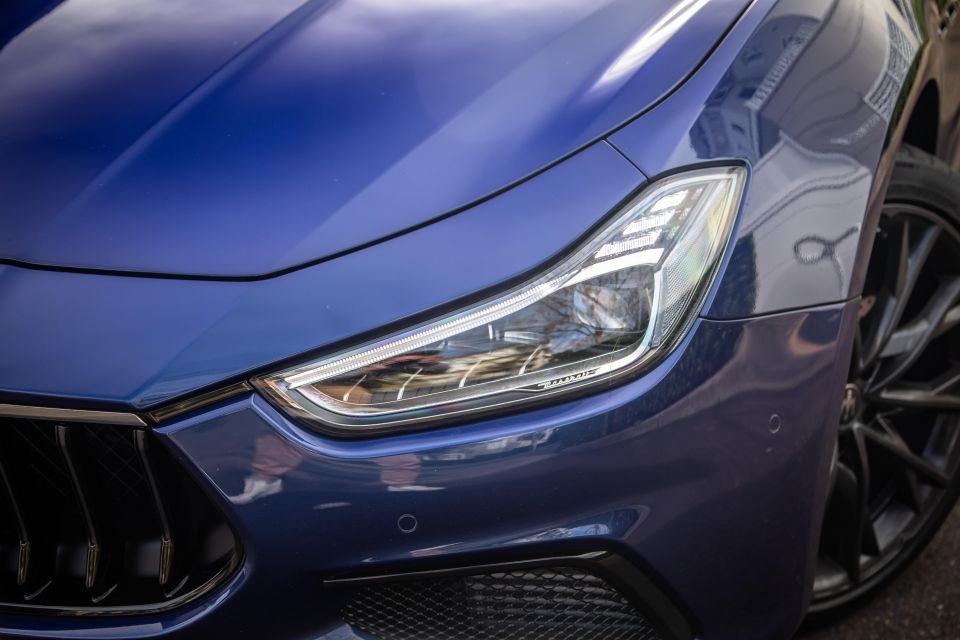
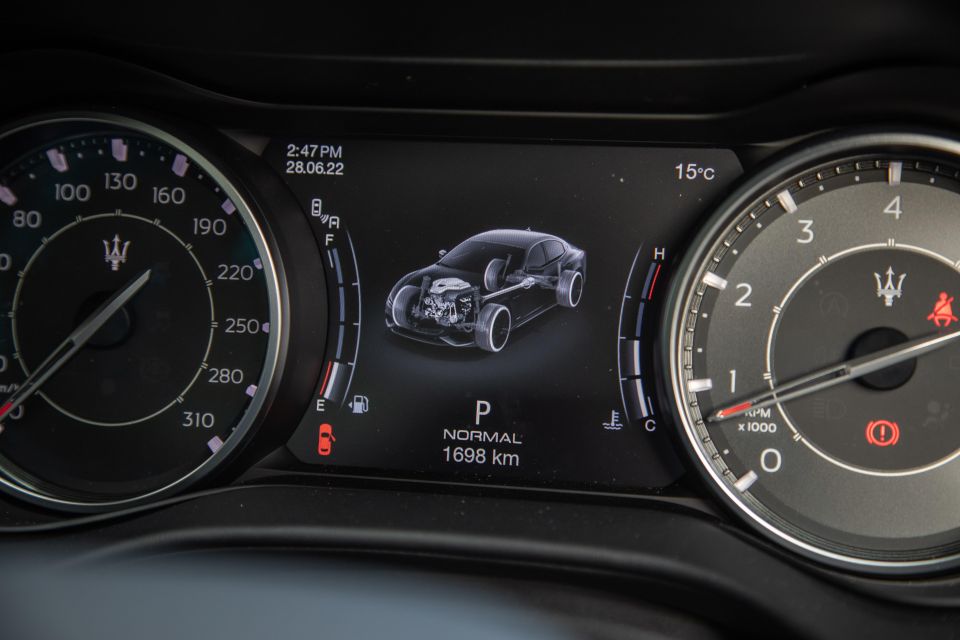
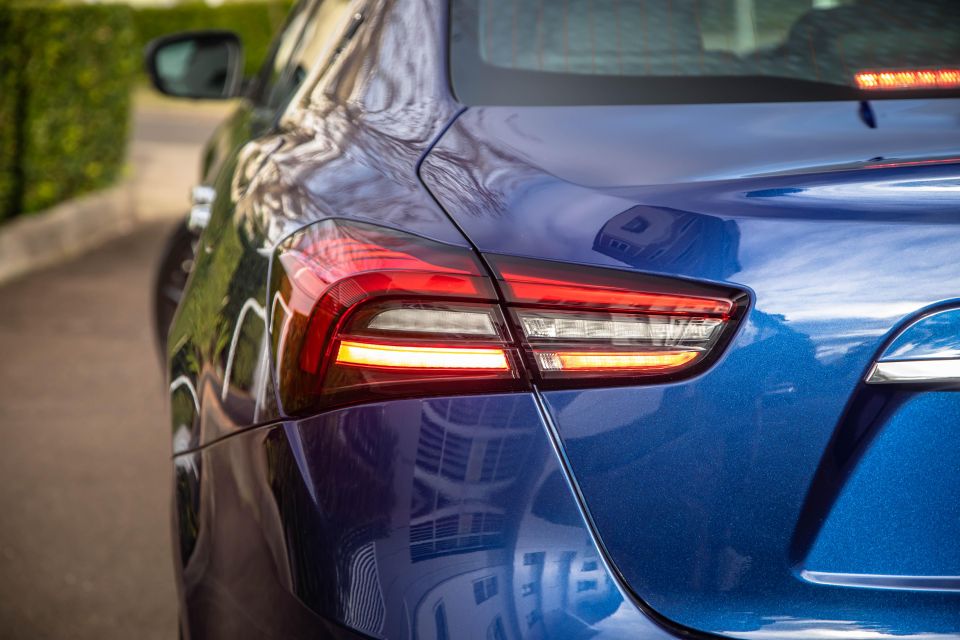

Where expert car reviews meet expert car buying – CarExpert gives you trusted advice, personalised service and real savings on your next new car.
Ghibli Modena highlights:

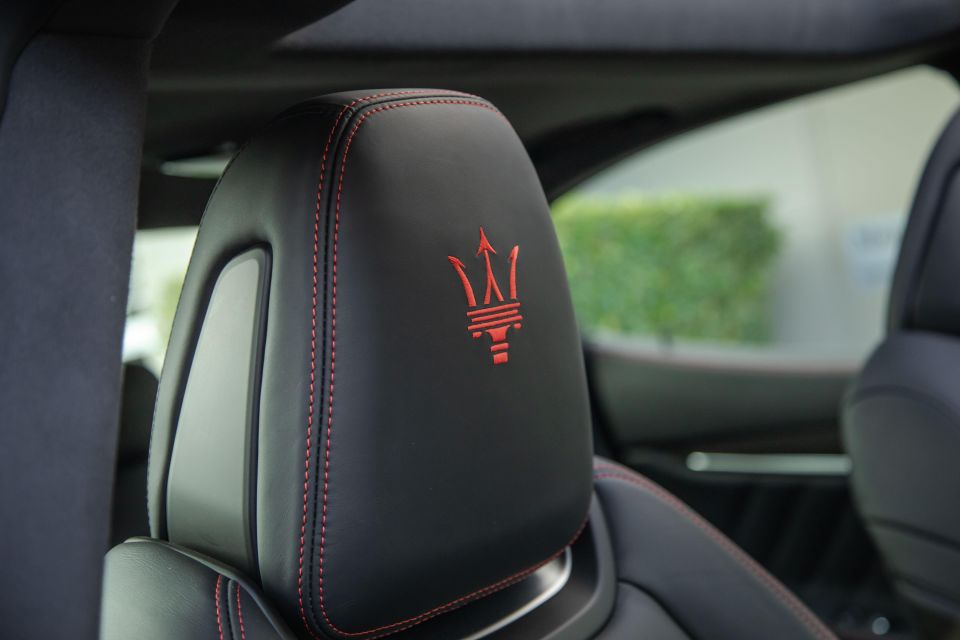
Our tester was also fitted the following options:
The additional options bumped the price of our Ghibli Modena tester to $196,601 excluding on-road costs.
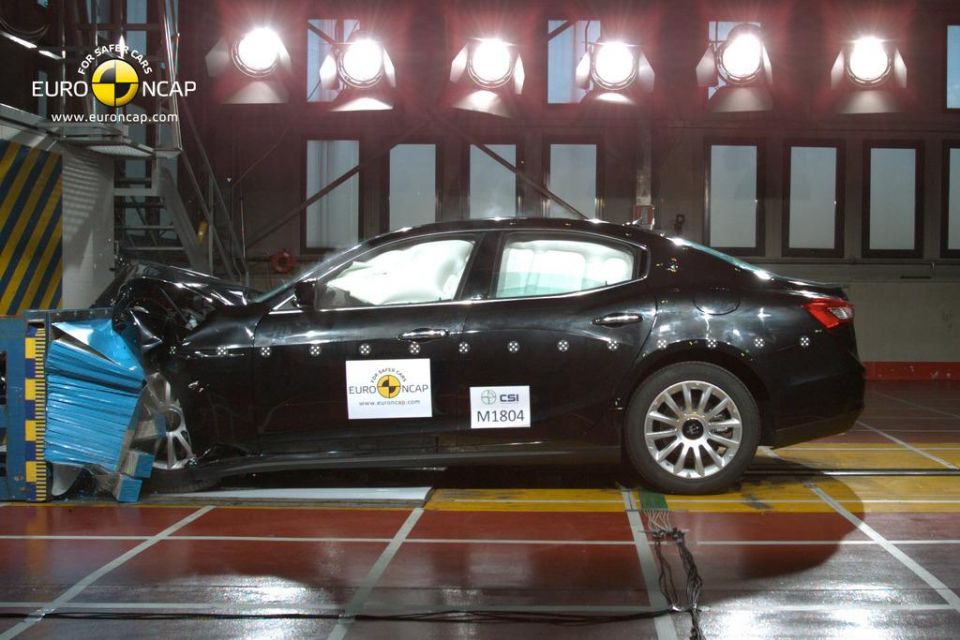
The Maserati Ghibli has a five-starsafetyrating from ANCAP with a 2014 date stamp.
It received a frontal offset score of 15.47 out of 16, a side impact score of 16 out of 16, and whiplash and pedestrian protection ratings of Good and Acceptable, for a total score of 36.47 out of 37.
Standard safety features include:
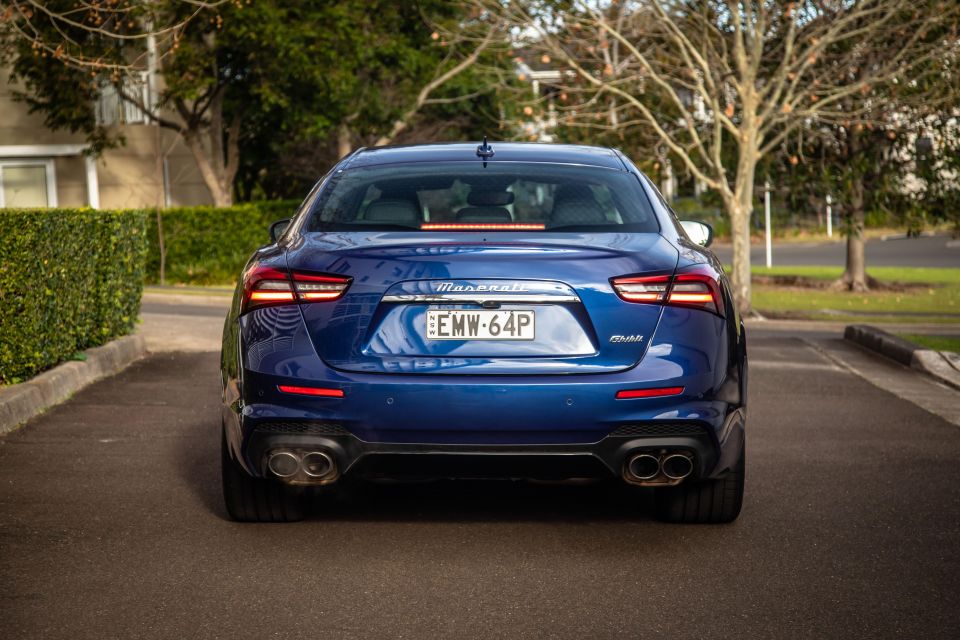
Maserati offers a three-year, unlimited-kilometre warranty and a choice of two prepaid three-year servicing plans for the Ghibli.
The Premium package covers all inspections and replacements of consumables and costs $2750, while the Premium Plus includes replacement front and rear brake pads, front and rear brake discs, and wiper blades and costs $5320.
The Ghibli requires servicing every 12 months or 20,000km, whichever comes first.
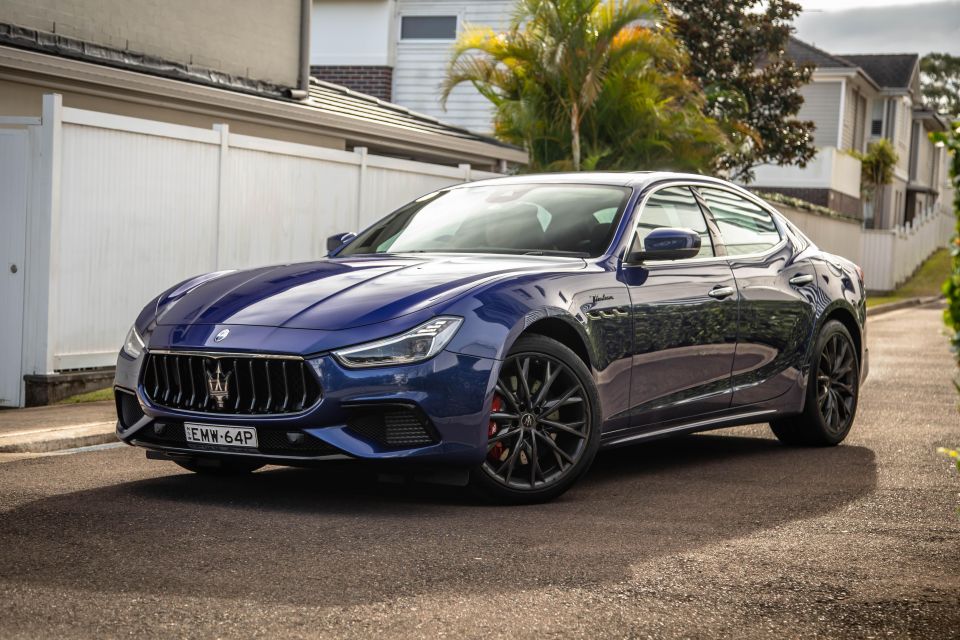
There are faster cars with more powerful engines and more up-to-date tech for substantially less investment, but they don’t wear a Maserati badge and they don’t have a Ferrari engine under the bonnet. That counts for plenty.
But, like any Italian exotic, you buy it for its pedigree, drop-dead gorgeous looks, and the noise it makes – at least for now. For Maserati, more than other marque, it’s been that way for well over 100 years.
That said, we can’t wait for the all-new Quattroporte – by all accounts it should be something quite special.
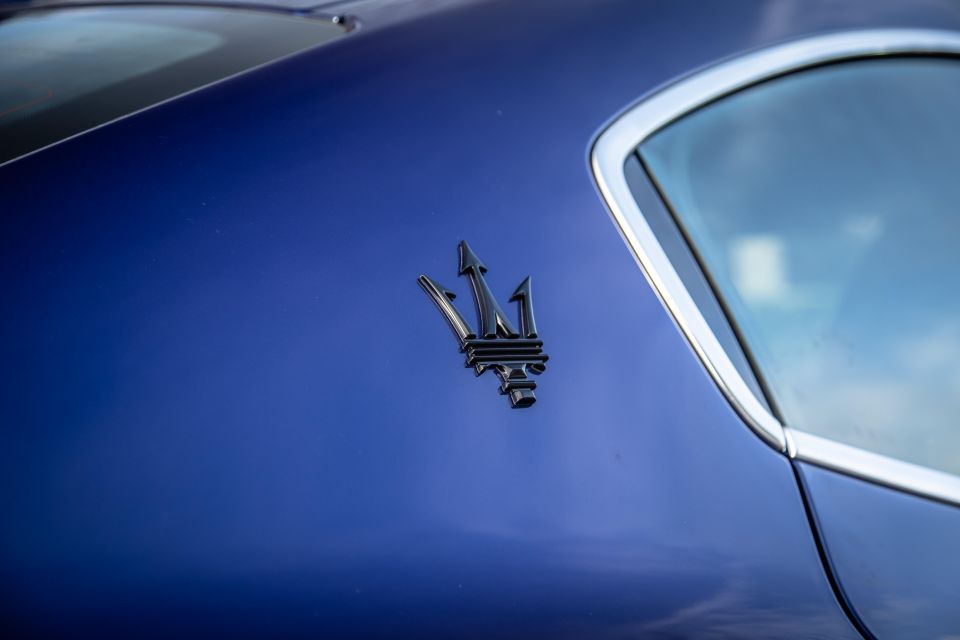
Click the images for the full gallery
Where expert car reviews meet expert car buying – CarExpert gives you trusted advice, personalised service and real savings on your next new car.
Anthony Crawford is a CarExpert co-founder and senior presenter with 20+years in automotive journalism and content creation.


Max Davies
3 Hours Ago


William Stopford
19 Hours Ago


Ben Zachariah
20 Hours Ago


Derek Fung
21 Hours Ago


Matt Campbell
1 Day Ago


William Stopford
2 Days Ago